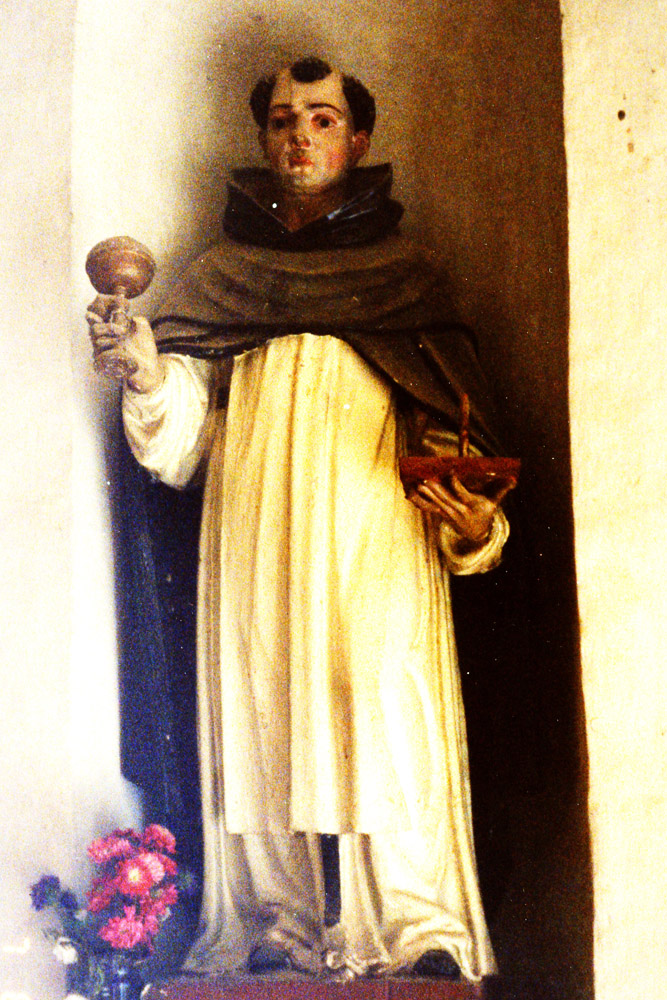Santos in Oaxaca's Ancient Churches
A study of santos in 16th-century and other churches in Oaxaca, Mexico


By Claire and Richard Stracke
Funded by a grant from the Rockefeller Foundation.
In San Pablo Huitzo:
Christ
Christ at the
Pillar
Christ Child
Christ Fallen with
the Cross
Christ in a Coffin
Immaculate Heart of
Mary
Our Lady of Mount Carmel
Our Lady of Sorrows
(Soledad)
Sacred Heart of
Jesus
St. Anthony of
Padua
St. Isidore the Laborer
St. John the Baptist
St. John the Evangelist
St. Mary Magdalene
St. Michael the
Archangel
St. Paul
St. Peter of
Verona
St. Peter the
Apostle
Saint Hyacinth
Unidentified
female saint
Unidentified
saint
Virgin and Child
